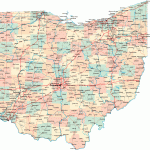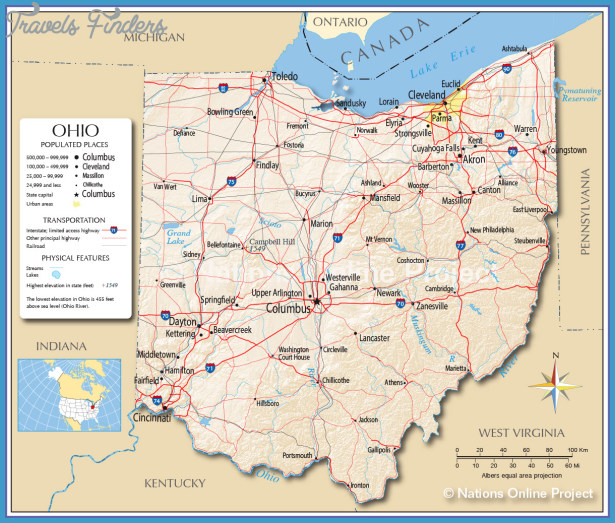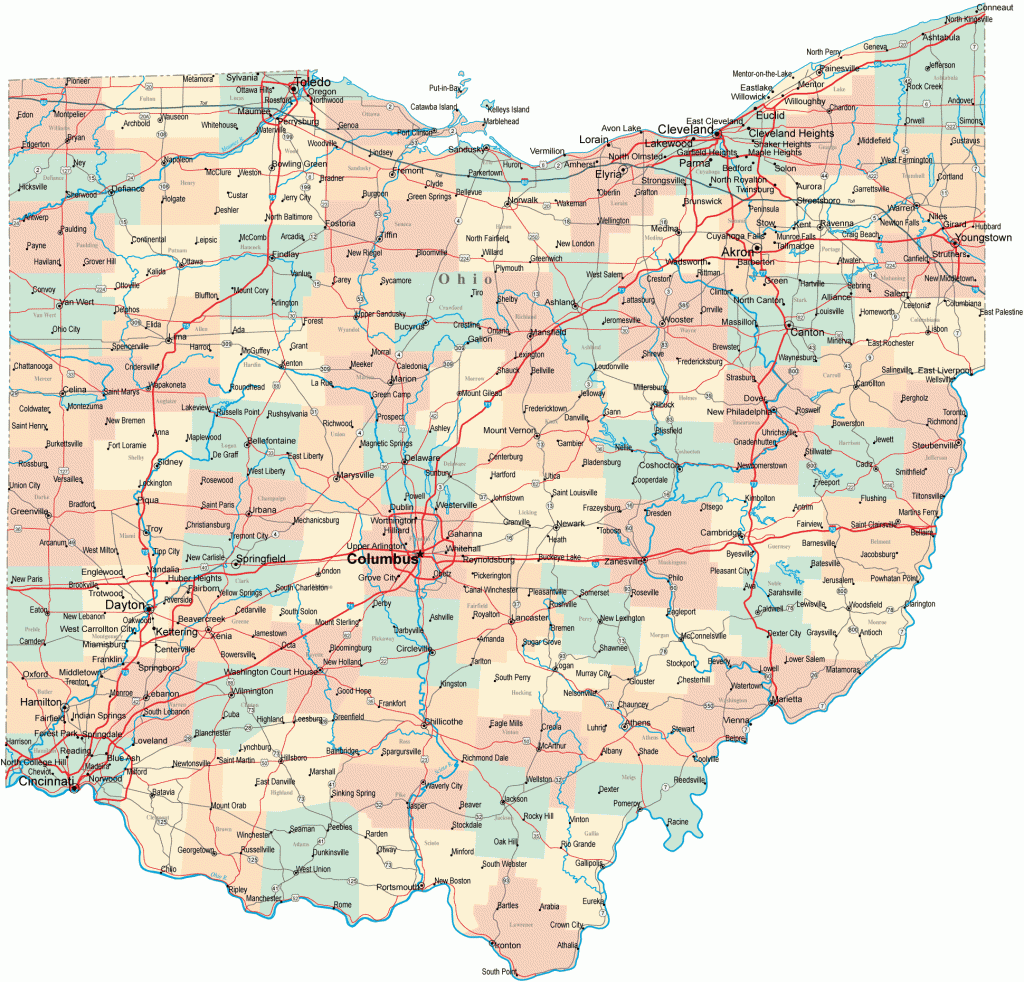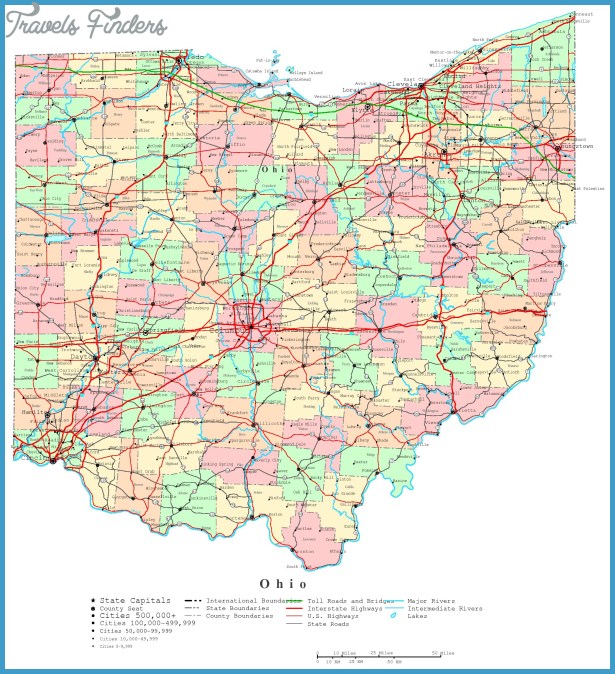Current Trends In Latino Ohio
Since the mid-1990s, Ohio has experienced significant Latino migration. The boom in Latino migration, as in the rest of the nation, is driven by job opportunities in the United States and high birth rates in Latin American countries. Unlike previous migrations into Ohio, today’s Latinos are forging communities outside of the northeastern area of the state. Ohio counties that have been experiencing a significant Latino migration are Wayne, Holmes, Stark, Tuscarawas, Ashtabula, Lake, Lucas, Franklin, Delaware, and Butler. Latinos are part of Ohio’s new workforce and are finding jobs in the construction, agriculture, food processing, and service industries. Recent Latino migration to Tuscarawas County has been predominantly Guatemalan. Coming principally from Huehuetenango, Totonicapan, and El Quiche, in Guatemala, the migrants often speak native Mayan languages including K’ichee’, Awakateko, Q’anjob’al, and Mam.
The rise in Latino migration to different areas of the state has prompted reaction from the preexisting Anglo communities. Illegal migration has moved to the front burner in Ohio politics as in the rest of the nation. During 2006 the Ohio General Assembly, controlled at the time by the Republican Party, introduced the Illegal Alien Enforcement Act. If this legislation had been passed, it would have given the state patrol and local police the power to arrest illegal migrants solely for their presence.16 The bill would also have blocked adult migrants illegally in the state from all public benefits. Latino organizations across the state protested the proposed legislation, and Ruben Herrera, of the Latino Leadership Initiative, appeared at a hearing before the Ohio Commission on Hispanic/Latino Affairs, to protest the Republican plan.
Local reactions to Latino migration have attracted national media attention. On June 19, 2006, All Things Considered, a National Public Radio show, aired a program about the actions of Richard Jones, a Butler County sheriff, who billed the federal government for the expenses his office incurred by incarcerating undocumented workers. Jones led raids at companies known for hiring illegal workers, and in 2006 he began a media campaign warning businesses and migrants with the slogan You know who you are, and we are coming.17 Frightened by Sheriff Jones’s tactics, many Latinos have been unwilling to call the police in cases of emergency, and others have stopped patronizing Latino business such as the Taqueria Mercado.
After years of marginalization, Ohio’s Latino population has begun to impact the state’s political and economic landscape as well as introduce their language and culture to a larger population. Cultural crossover has also taken place in the retail sector as more grocery stores are selling Latino foods or products. Latino music has crossed over to the mainstream, and in all the large cities of the state it is common to have bars or clubs that are entirely dedicated to Latin music and dance or that have at least one Latin night per week. Latino migration is so pervasive that for influential groups in the state of Ohio Latinos are a blessing and a challenge.













